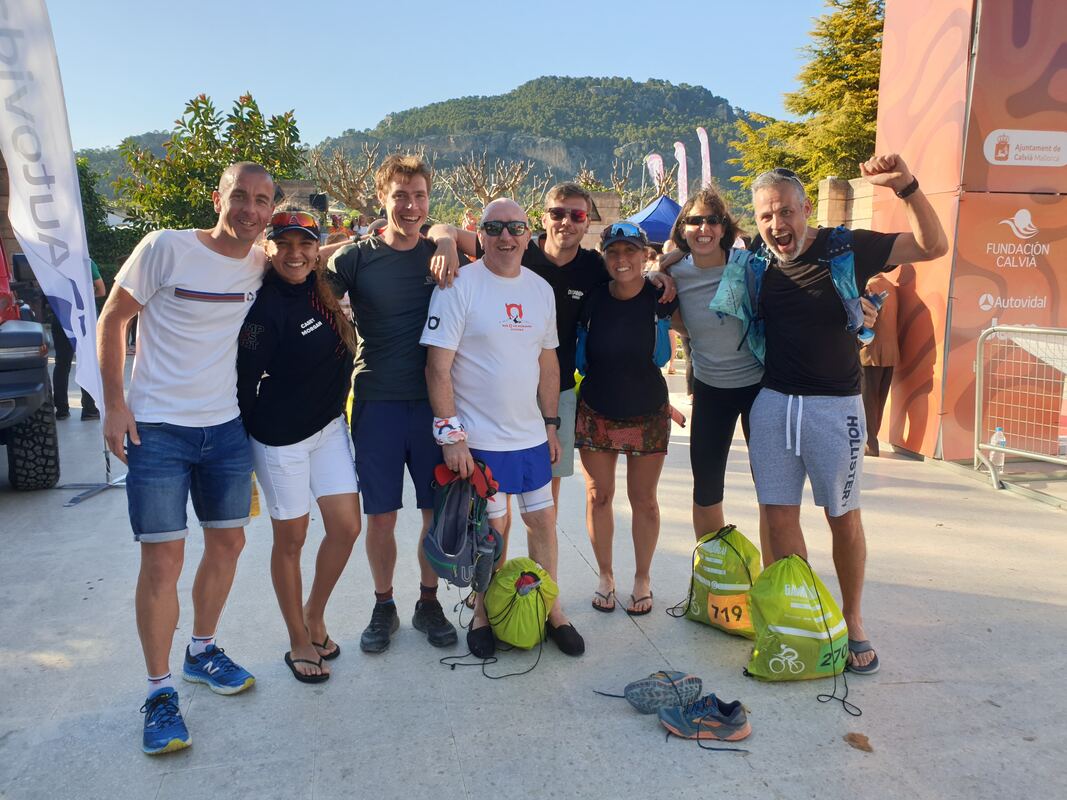|
All of the runners that I work with engage in a strength and conditioning programme alongside their running schedule. When I begin working with a new athlete I’m often asked “why do I need to lift weights?” or “how does this help me to run faster?”. It’s also common to be met with the “I don’t want to bulk up” response, especially from female runners. In this article I want to answer these questions and explain exactly how regular strength and conditioning can help your performance. What is Strength and Conditioning? Lets’s start with Strength. We can break Strength down into 4 components
Maximum Strength is what you would traditionally associate with strength, it is the maximum force an individual can apply through a specific movement pattern. A good example of this is the maximum amount of weight you can lift on a specific exercise. Relative Strength is the maximum force you can generate per kg of bodyweight. As endurance runners we don’t want to be carrying excess muscle bulk but if we can train our bodies to recruit more muscle fibres without increasing mass then our relative strength increases. Explosive Strength is the ability to produce a large amount of force very quickly. Reactive Strength is your ability to use your tendons and connective tissues to act like springs. They store and return elastic energy each time our foot strikes in the ground. The better the reactive strength the more efficient the running stride. This is the most important component of strength for the endurance runner and is highly trainable through plyometric training. Strength training is any form of training which focusses on improving any of the 4 components listed above. What is Conditioning? Any exercises that don’t focus specifically on the 4 components listed above can be thought of as conditioning. Conditioning exercises tend to have no similarity to running technique but have indirect benefits. Examples could be rehabilitating a weakened muscle/muscle group. Proprioception training for a damaged ankle, regular foam rolling, postural training or mobility work. None of these are specific to running but they definitely have an important part to play in your overall programme. So now we know what it is, why is it important for trail runners? Let’s look at the benefits of strength training
The benefits of conditioning tend to be more focussed on injury prevention and recovery. By including postural work, mobility work, foam rolling etc into our routine we can reduce our injury rate by addressing problems before they develop into something more serious. By keeping our bodies in balance we greatly reduce our risk of overuse injuries which often plague runners. If we are injured, engaging in an appropriate rehabilitation programme greatly increases our chances of a full return to function and reduces the chances of the muscle/tendon/ligament from breaking down again. I hope this article has answered a few questions for you but don’t worry, I haven’t forgotten about the issue of “Bulking Up”. I know this is a real fear for some runners, especially females. The truth is, to build muscle is quite a challenge in itself requiring a specific set of circumstances including the appropriate training/eating/resting cycle. The good news for you is that logging lots of kilometres on the trails is not part of this cycle, in fact it’s quite detrimental to the science of building muscle so rest assured, by engaging in a regular strength and conditioning programme you are not about to gain 10km of solid muscle. If you would like to know more about how to incorporate strength and conditioning into your training then please drop me an email at [email protected]
6 Comments
des Tinney
18/9/2018 01:40:55 pm
great breakdown in laymans terms. These words and phrases are often branded about, will everyone nodding and commenting, makes it hard to raise your hand up and ask, what does that mean?
Reply
Casey
18/9/2018 01:51:21 pm
Thanks Des!
Reply
Debs M-C
18/9/2018 04:50:07 pm
Good read, Casey! Even makes me understand and I'm easily baffled ;-)
Reply
andi robertson
18/9/2018 08:58:25 pm
succinct and interesting
Reply
Wendy
19/9/2018 01:34:15 pm
It is true! To build muscles is more complex. I think that Lifting weight and other exercises really helps to "wake up" other muscles that we may think are not useful ( I am not sure if wake up is the right phrase). Anyways, thank you!
Reply
Leave a Reply. |
AuthorUltra trail athlete with Compressport International Archives
July 2019
Categories |
 RSS Feed
RSS Feed
